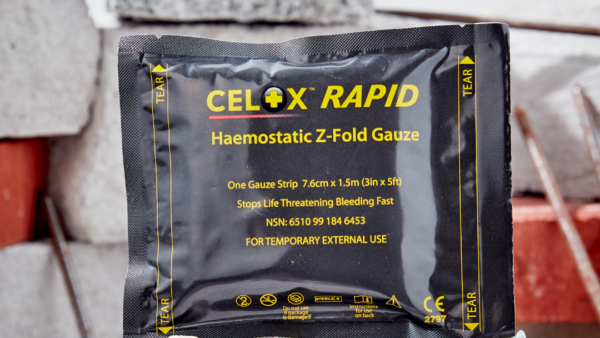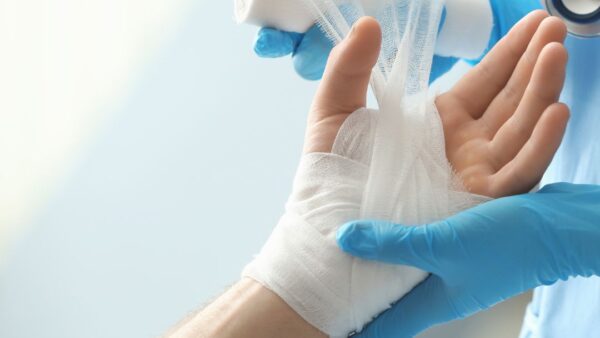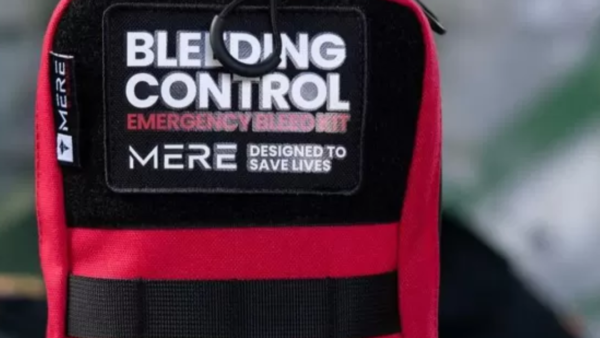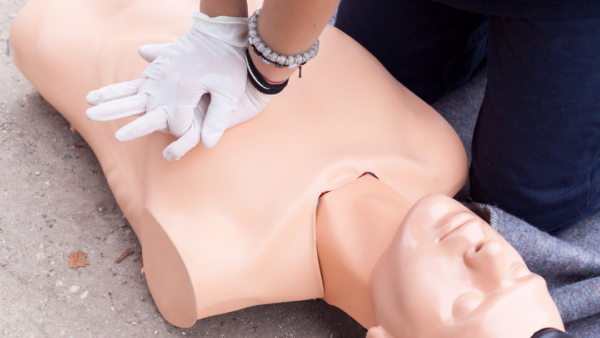Dogs are beloved members of many families, and as a pet owner, it’s important to know how to provide basic first aid in case of an emergency. In this blog post, we’ll go over some common situations that may arise and the steps you should take to provide first aid for your furry friend.
Bleeding
If your dog is bleeding, the first thing you should do is try to stop the bleeding by applying direct pressure to the wound with a clean cloth or bandage. If the bleeding is coming from a limb, use a tourniquet above the wound to stop the bleeding. If the bleeding is severe, call your veterinarian immediately.
Choking
If your dog is choking, the first thing you should do is try to remove the obstruction by gently using your fingers to open their mouth and remove any visible objects. If you are unable to remove the obstruction, perform the Heimlich maneuver by standing behind your dog and using your hands to apply upward pressure on their abdomen just below the ribcage. If the obstruction cannot be removed and your dog stops breathing, begin CPR immediately.
Burns
If your dog has been burned, the first thing you should do is cool the burn by running cool water over the affected area for at least 10 minutes. Then, cover the burn with a sterile dressing and call your veterinarian for advice.
Poisoning
If you suspect that your dog has been poisoned, call your veterinarian or a pet poison control hotline immediately. They may ask you to induce vomiting, so keep hydrogen peroxide on hand in case you need to use it.
Heat stroke
Heat stroke can be deadly for dogs, especially those with short noses or thick coats. Signs of heat stroke include panting, difficulty breathing, and a body temperature over 103 degrees Fahrenheit. If you suspect that your dog has heat stroke, immediately move them to a cool place, give them water to drink, and cool their body with cool water. Do not use ice water, as this can cause blood vessels to constrict, making it harder to cool the body.
It is important to remember that these are just basic first aid tips and professional medical attention is crucial to ensure your dog’s safety. It’s always a good idea to have the phone number of your veterinarian and a pet poison control hotline handy in case of an emergency. Also consider taking a pet first aid course, this can also prepare you in handling emergency situations.
By following these basic first aid steps, you’ll be able to provide some level of immediate care to your dog in case of an emergency, which can make a big difference in their outcome. Keep in mind that you should always seek professional medical attention as soon as possible.
It is also essential to remember that all dogs are unique, some breeds and individual dogs may have specific health concerns or sensitivities, and it is important to be aware of such concerns and take preventive steps where necessary.






